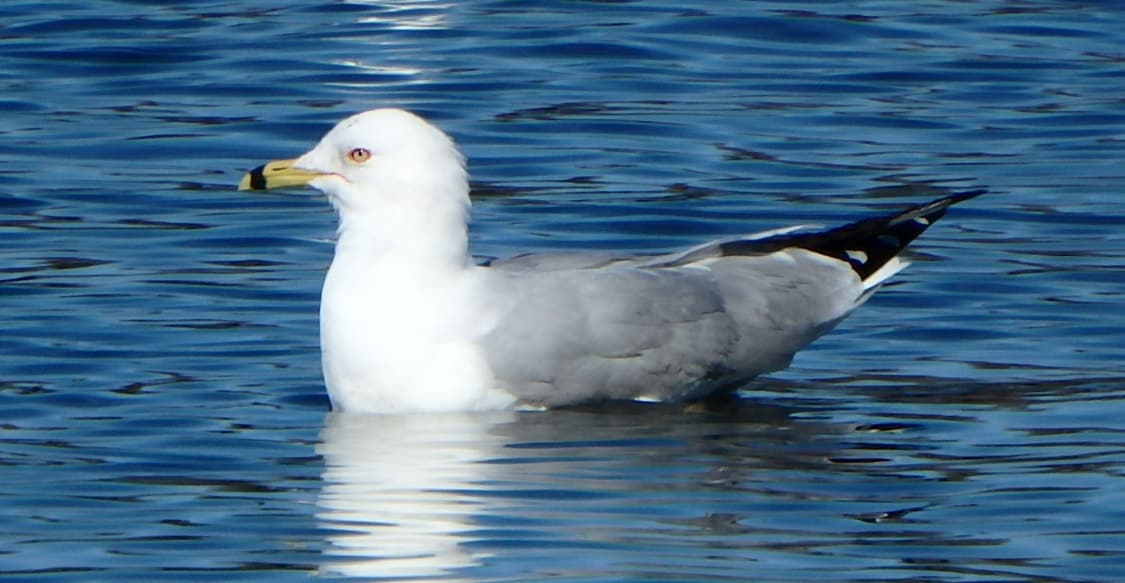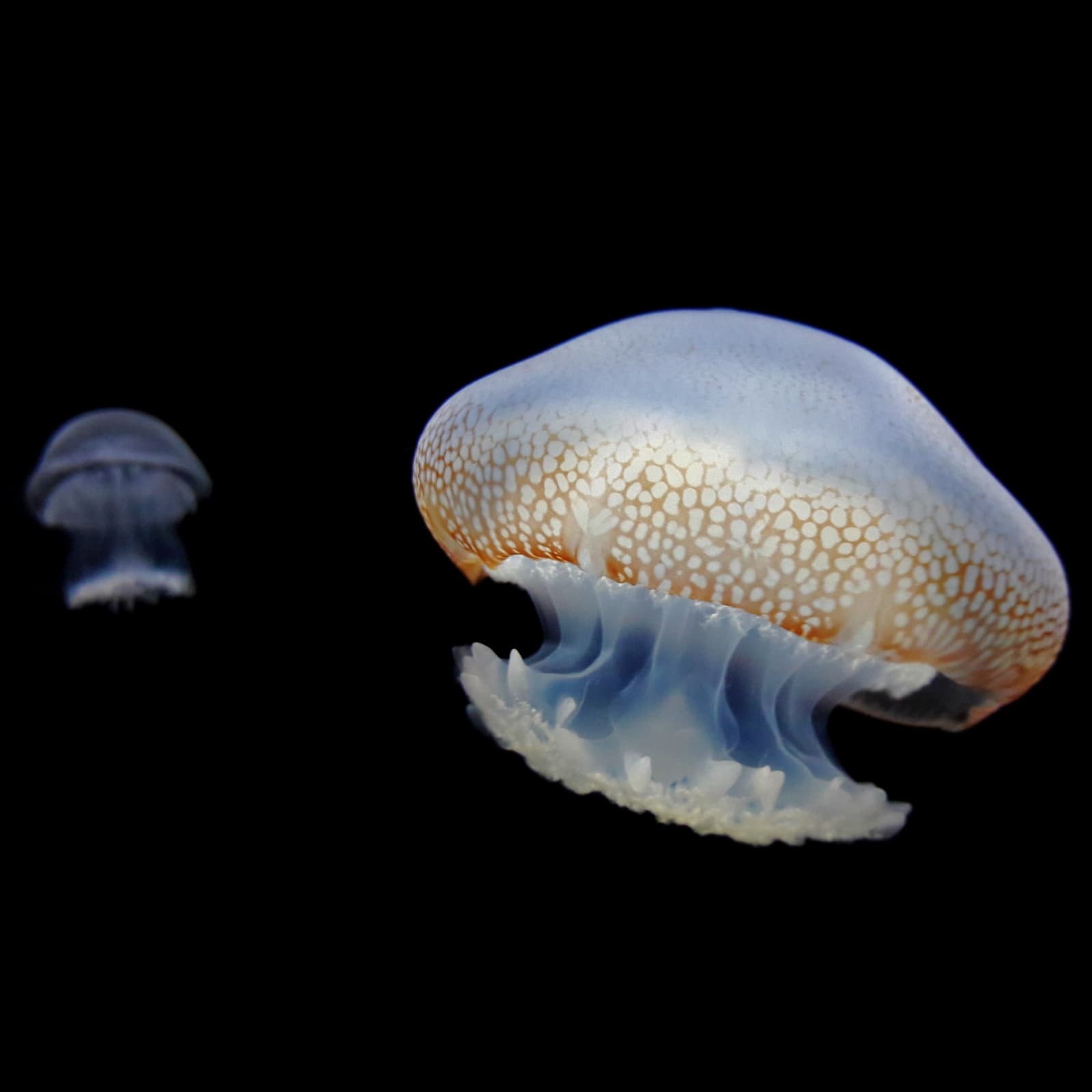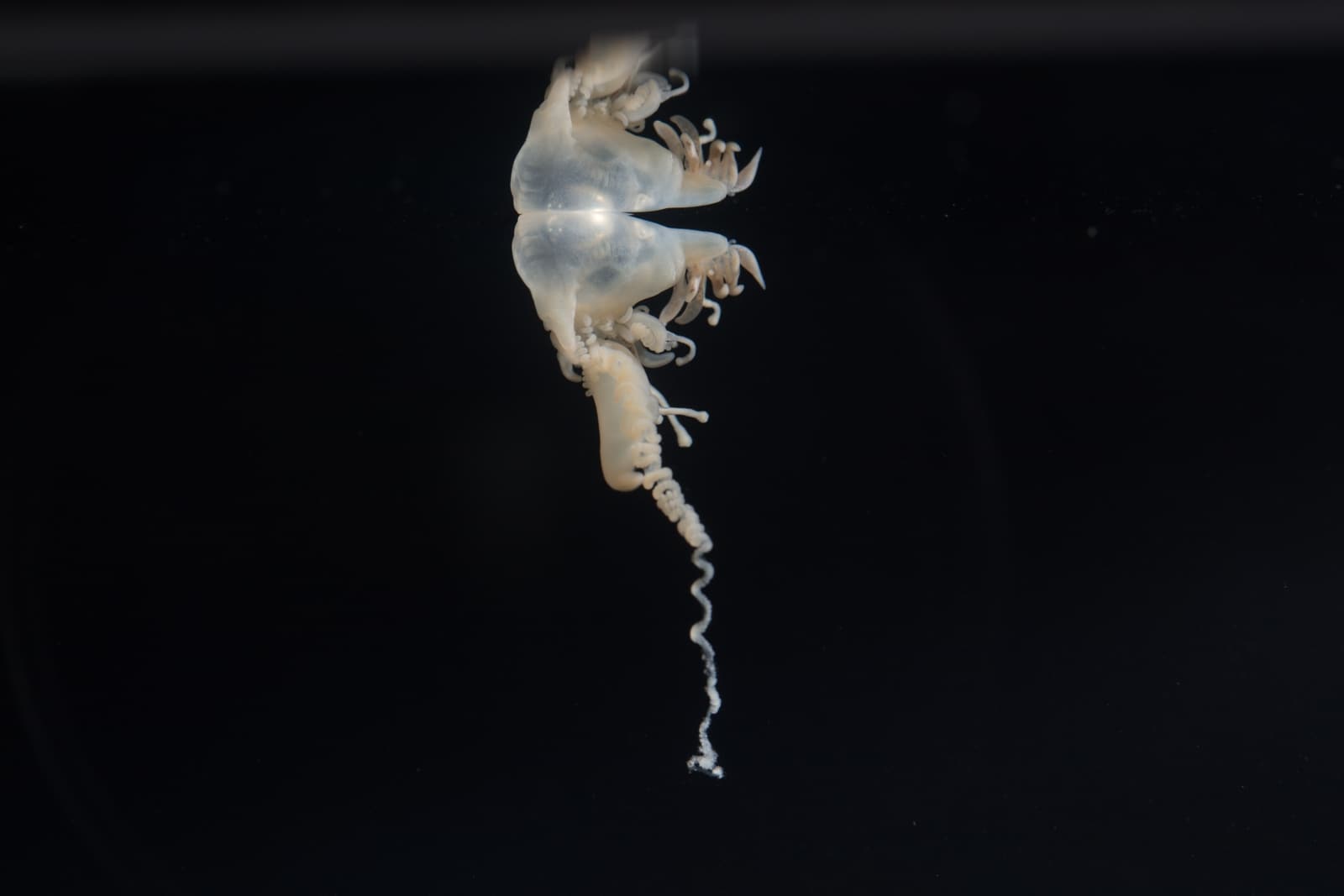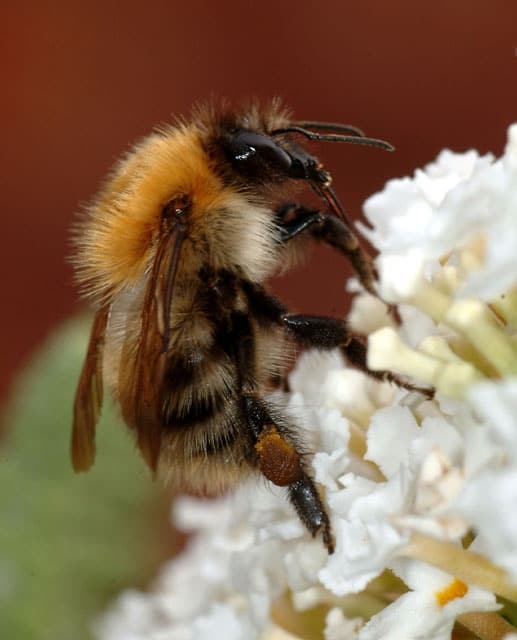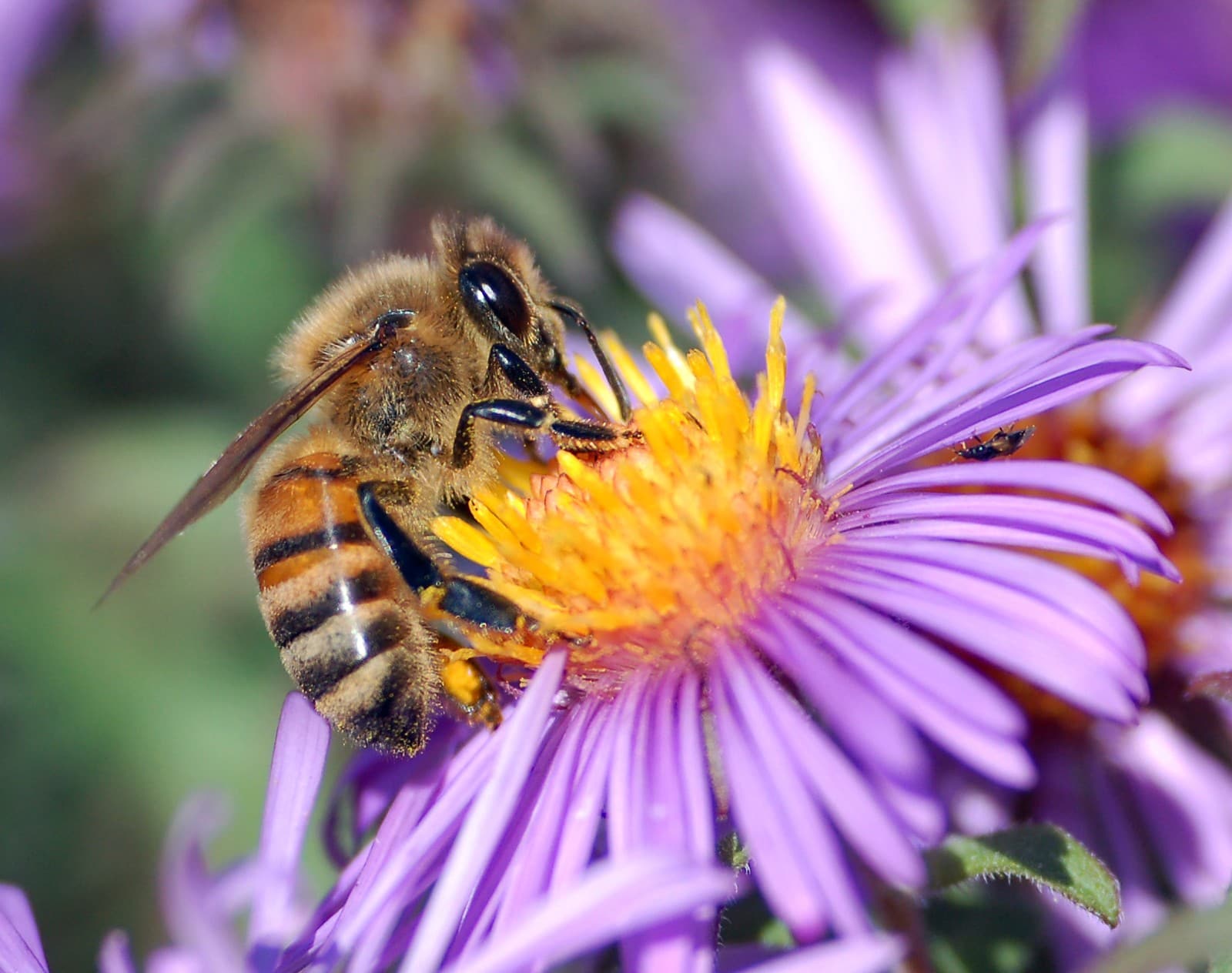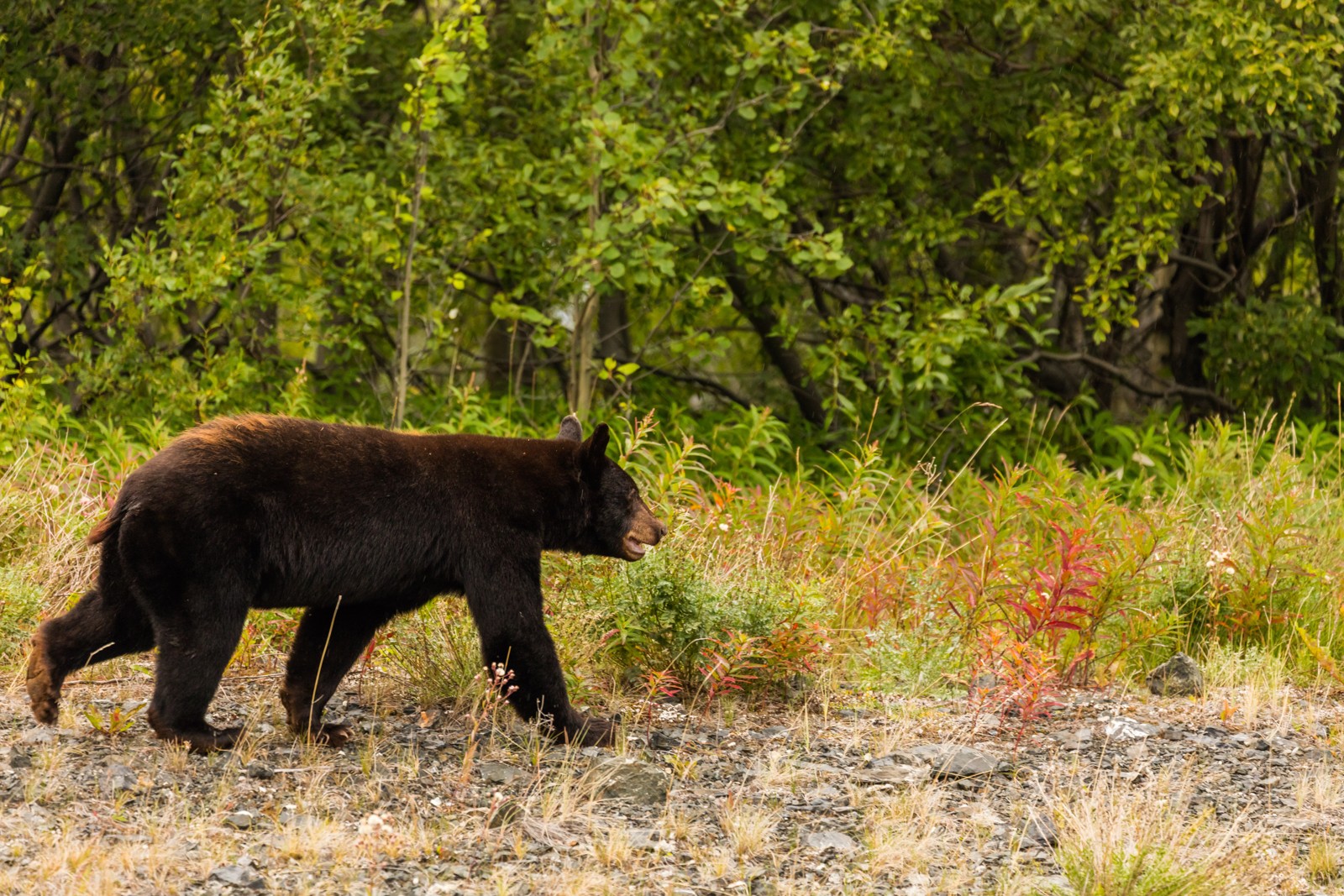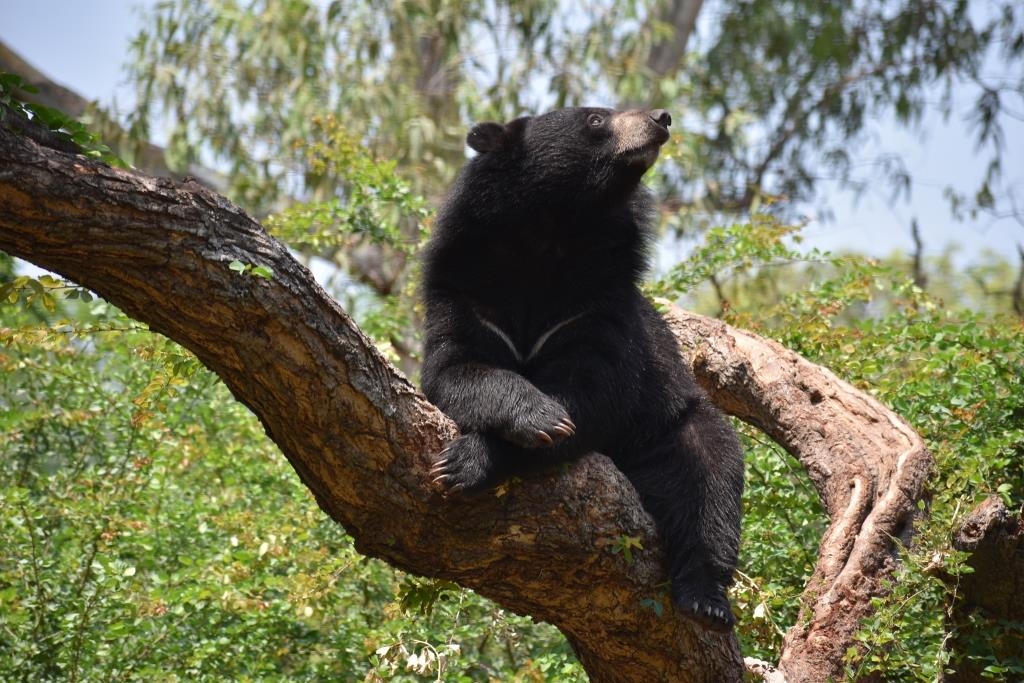House Finch vs House Sparrow: A Complete Comparison
The House Finch and House Sparrow are two of North America’s most common backyard birds, yet they’re distinctly different species with unique characteristics. While both birds measure roughly 5-6 inches (13-15 cm) in length, House Finches are native to western North America, while House Sparrows were introduced from Europe in the 1850s. The most noticeable difference lies in their coloring – male House Finches display a rosy red head and breast, while male House Sparrows feature a gray crown and distinctive black bib.
Understanding the key differences between these frequent feeder visitors helps birders make accurate identifications and appreciate their unique roles in urban ecosystems. House Finches tend to be more melodious singers with a warbling song, while House Sparrows produce a series of chirps and cheeps. Their feeding habits and social behaviors also differ significantly, making them fascinating subjects for comparison.
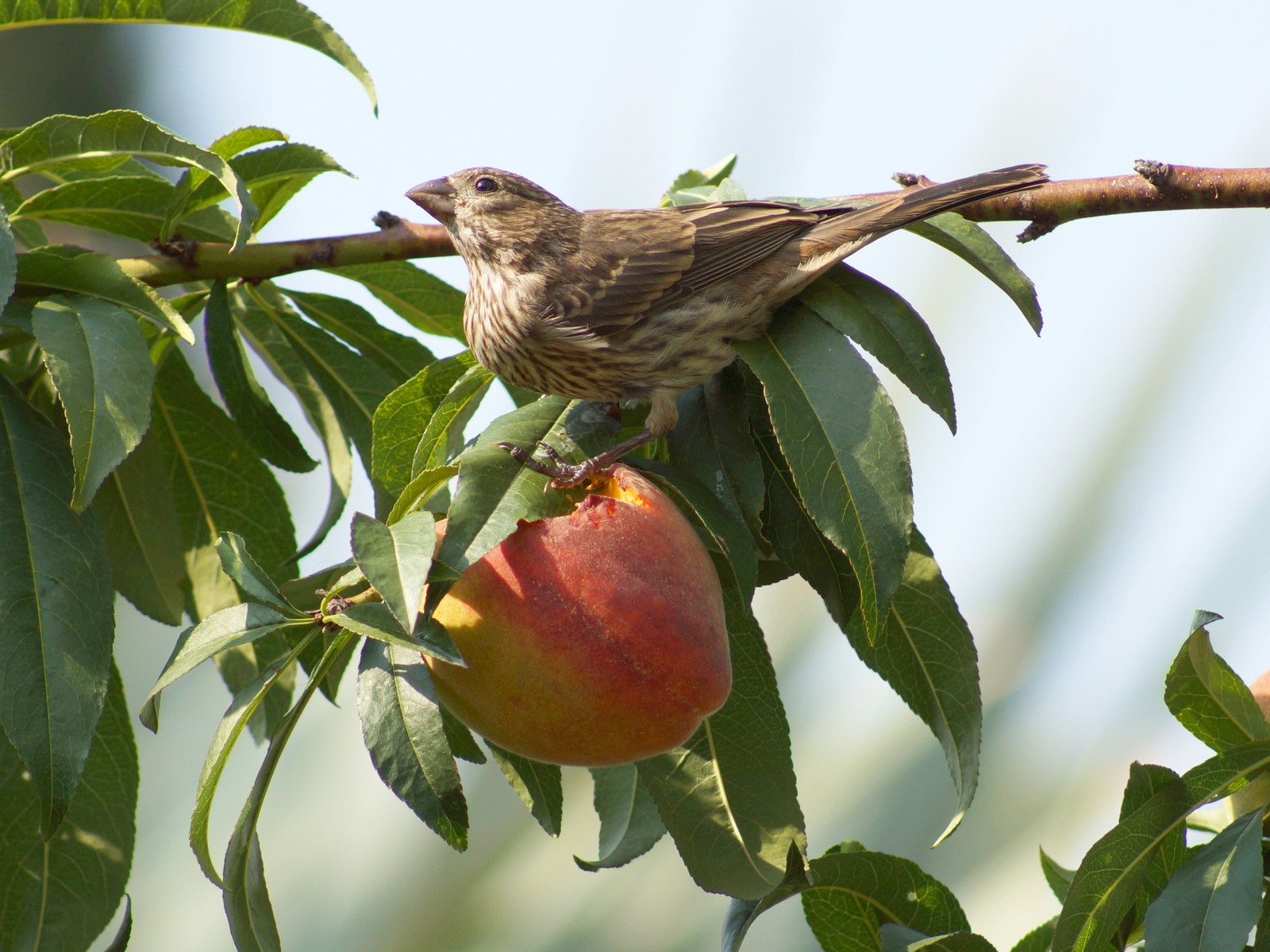
© sergio niebla from Cd. Victoria, Tamaulipas, México / CC BY-SA 2.0
The House Finch demonstrates its typical foraging behavior, showing the species’ attraction to fruit trees and gardens. Note the characteristic stout beak adapted for seed-crushing and fruit-eating, a key feature distinguishing it from House Sparrows.
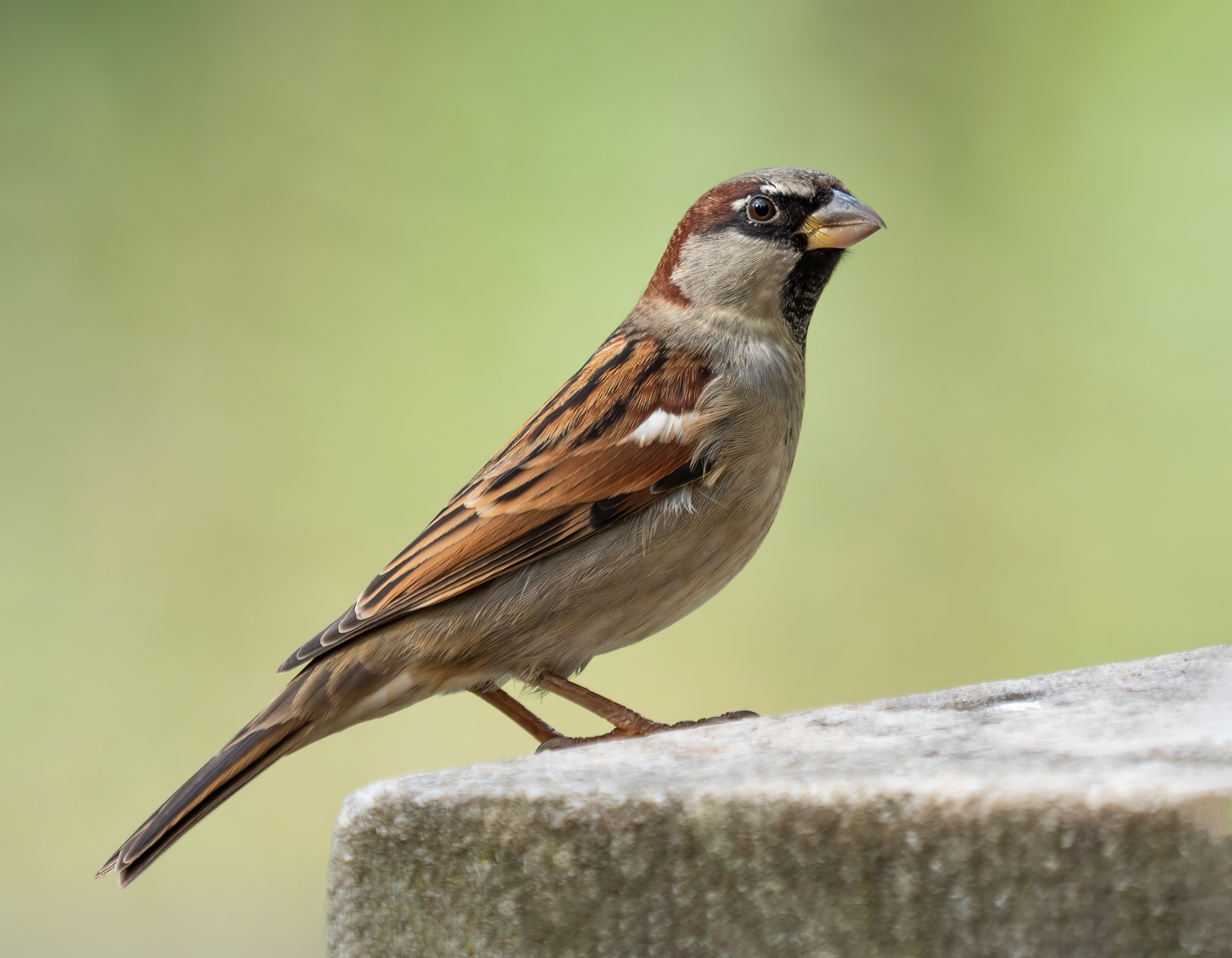
© Rhododendrites / CC BY-SA 4.0
A male House Sparrow exhibits its distinctive field marks, including the gray crown and black bib that clearly differentiate it from the House Finch. The robust build and thick beak are adaptations for its varied urban diet.
Key Differences Between House Finch and House Sparrow
| Feature | House Finch | House Sparrow |
|---|---|---|
| Size | 5-6 inches (13-15 cm) | 5.9-6.7 inches (15-17 cm) |
| Male Coloring | Rosy red head/breast, brown streaked back | Gray crown, black bib, chestnut back |
| Female Coloring | Plain grayish-brown, streaked | Dull brown with buffy eyebrow |
| Beak Shape | Curved upper edge, smaller | Stouter, more conical |
| Song | Musical warbling | Series of cheeps and chirps |
| Native Range | Western North America | Introduced from Europe |
Habitat and Distribution
House Finches originally inhabited western North America but have expanded across the continent since the 1940s. They prefer open woodland edges, urban parks, and backyard gardens. House Sparrows, introduced to New York in 1851, have become one of the most widespread urban birds, thriving in close association with human settlements.
Behavior and Social Structure
House Finches form loose social groups and maintain monogamous pair bonds. They’re less aggressive than House Sparrows, which often dominate feeding stations and nesting sites. House Sparrows live in colonial groups, displaying more complex social hierarchies and territorial behaviors.
Diet and Feeding Habits
While both species are primarily seed-eaters, their foraging strategies differ:
-
House Finch
- Prefers plant-based diet (90% seeds, fruits, buds)
- More likely to eat from elevated feeders
- Shows particular fondness for sunflower seeds
-
House Sparrow
- More opportunistic diet including insects
- Ground-feeding tendency
- Readily consumes human food scraps
Conservation Status and Population Trends
House Finches face challenges from diseases like conjunctivitis but maintain stable populations across their range. House Sparrows, despite being one of the most numerous birds globally, have shown declining trends in their native European range while remaining abundant in North America.
Interaction with Humans
Both species have adapted well to urban environments, but their relationships with humans differ. House Finches are generally welcomed as native songbirds, while House Sparrows are often considered invasive competitors that can displace native species from nesting sites.
Tips for Identification
To distinguish between these similar-sized birds, focus on these key features:
- Male head coloring (red vs. gray)
- Presence/absence of black bib
- Beak shape and size
- Overall body shape (finches slightly slimmer)
- Behavior at feeders
Understanding these differences helps birders appreciate the unique characteristics of each species while contributing to citizen science efforts tracking their populations and distributions across North America.

